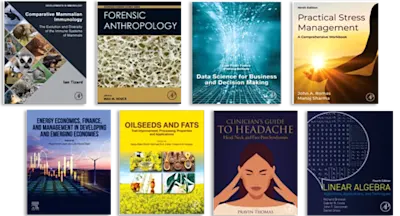
Macleod's Clinical Examination
- 14th Edition - June 11, 2018
- Imprint: Elsevier
- Editors: J. Alastair Innes, Anna R. Dover, Karen Fairhurst
- Language: English
This classic textbook aims to assist clinicians develop the consultation skills required to elicit a clear history, and the practical skills needed to detect clinical signs of di… Read more
Purchase options

This classic textbook aims to assist clinicians develop the consultation skills required to elicit a clear history, and the practical skills needed to detect clinical signs of disease. Where possible, the physical basis of clinical signs is explained to aid understanding. Formulation of a differential diagnosis from the information gained is introduced, and the logical initial investigations are included for each system.
- The first part of the book addresses the general principles of good interaction with patients, from the basics of taking a history and examining, to the use of pattern recognition to identify spot diagnoses.
- The second part documents the relevant history, examination and investigations for all the major body systems.
- The third part illustrates the application of these skills to specific clinical situations.
- The final part covers preparation for assessments of clinical skills and the use of these skills in everyday practice.
- The book has accompanying videos demonstrating many of the key clinical examination routines as set out in the book.
- Medical students training to be effective doctors.
- Established doctors studying for postgraduate examinations including MRCP (UK) PACES.
- Nurse practitioners both in primary and secondary care involved in patient assessment and management.
- Paramedics and ambulance workers who are required to know how to examine patients and take a history from them.
- Edition: 14
- Published: June 11, 2018
- Imprint: Elsevier
- Language: English
JI
J. Alastair Innes
Affiliations and expertise
Consultant Physician, Respiratory Unit, Western General Hospital, Edinburgh; Honorary Reader in Respiratory Medicine, University of Edinburgh, UKAD
Anna R. Dover
Affiliations and expertise
Consultant in Diabetes, Endocrinology and General Medicine, Edinburgh Centre for Endocrinology and Diabetes, Royal Infirmary of Edinburgh; Honorary Clinical Senior Lecturer, University of Edinburgh, UKKF
Karen Fairhurst
Affiliations and expertise
General Practice Principal, Mackenzie Medical Centre, Edinburgh; Clinical Senior Lecturer, Centre for Population Health Sciences, University of Edinburgh, UK